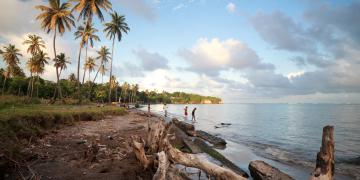Increasing the resilience of alternative local ecosystems that can provide habitats to lobster species
Thinking “out of the sector”: Intelligently targeted payments for key actors
Increasing the adaptive capacity of local community fishing businesses
Increasing markets for local sustainable products from the mangroves
Realizing the entrepreneurial capacities in local housewives for adaptation to climate change
Evidence-based problem solving
